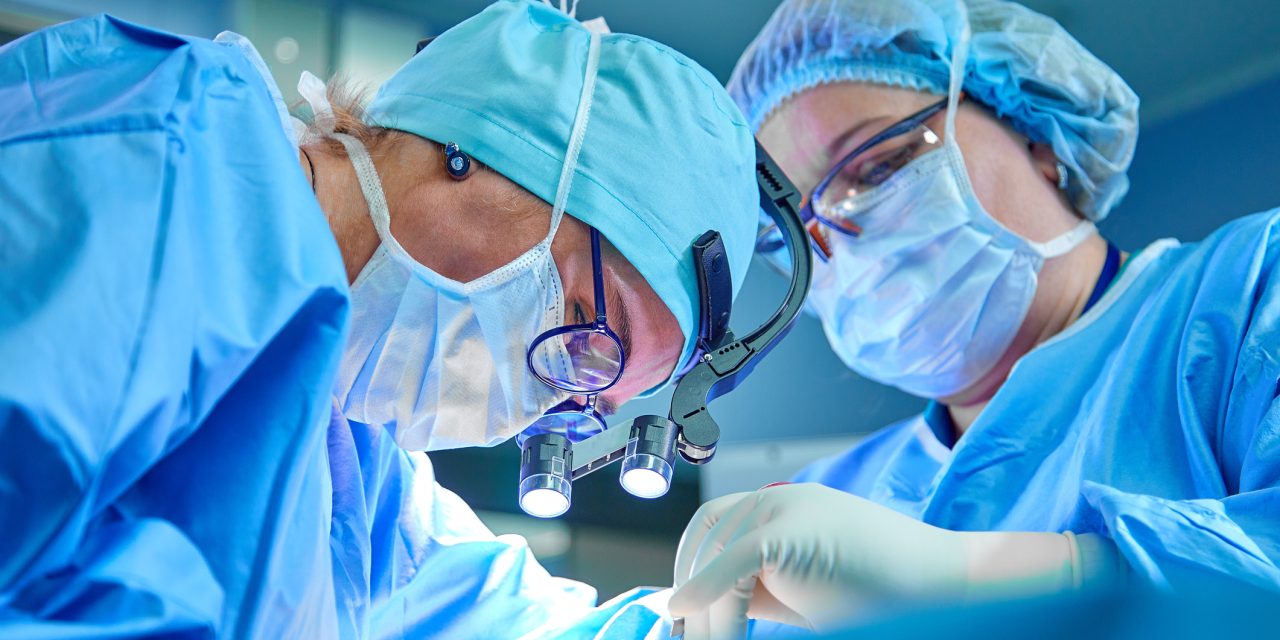Post-operative bradycardia can complicate orthotopic heart transplantation (OHT). Previous studies suggested donor age, surgical technique as possible risk factors. However, risk factors in the era of bicaval anastomosis have not been elucidated.
We sought to examine the association between donor/recipient characteristics with need of chronotropic support and permanent pacemaker (PPM) implantation in patients with OHT.
All patients treated with OHT between January 2003 and January 2018 at the Hospital of the University of Pennsylvania were retrospectively evaluated until June 2018. Chronotropic support was given upon post-operative inability to increase heart rate to patient’s demands and included disproportionate bradycardia and junctional rhythm.
A total of 820 (mean age 51.3 ± 12.6 years, 74% male) patients underwent 826 OHT procedures (95.3% bicaval anastomosis). Patients who were exposed to amiodarone (OR=2.30; 95% CI: 1.58 – 3.34, p<0.001) and have older donor (OR=1.02; 95% CI: 1.01 - 1.04, p=0.001) were more likely to develop need of chronotropic support. In multivariable analysis, recipient age (OR=1.03; 95% CI: 1.00 - 1.06, p=0.04) and bi-atrial anastomosis (OR=6.12; 95% CI: 2.48 - 15.09) were significantly associated with PPM implantation within 6 months of OHT. No association was found between pre-OHT amiodarone use with PPM implantation. No risk factors assessed were associated with PPM implantation 6 months after OHT.
Surgical technique and donor age were the main risk factors for the need of chronotropic support post-OHT whereas surgical technique and recipient age were risk factors for early PPM implantation.
Copyright © 2020. Published by Elsevier Inc.
Clinical and Procedural Characteristics Predicting Need for Chronotropic Support and Permanent Pacing Post-Heart Transplantation.


